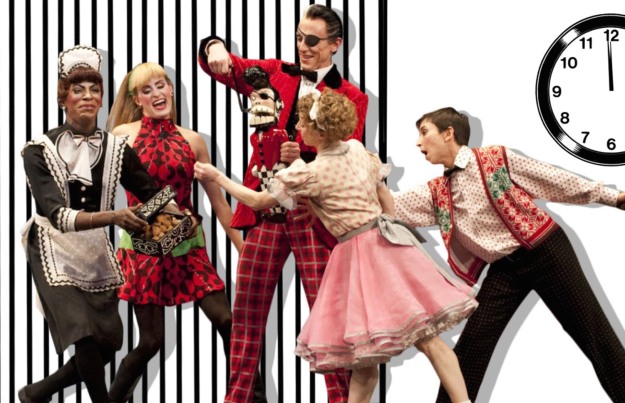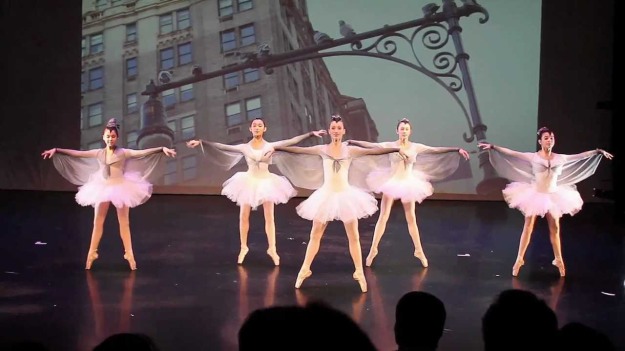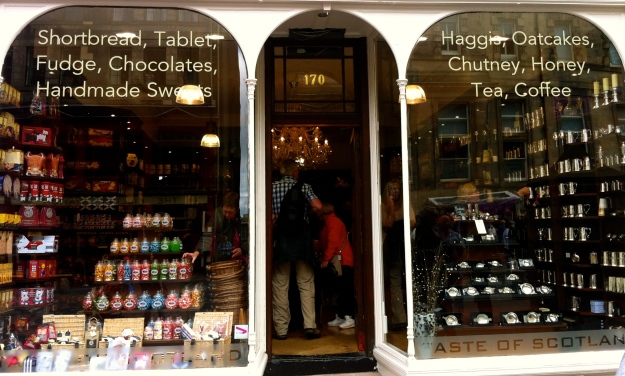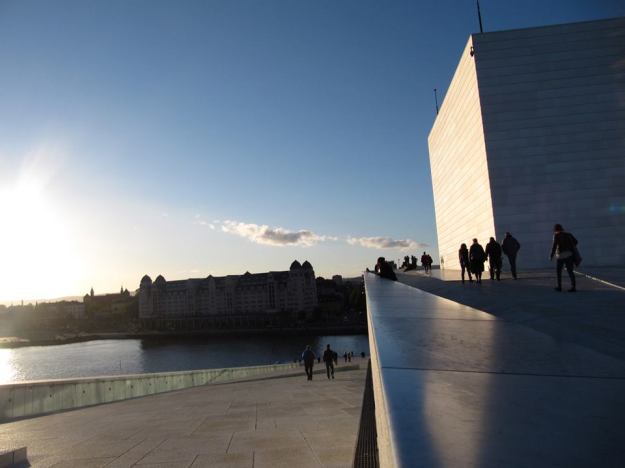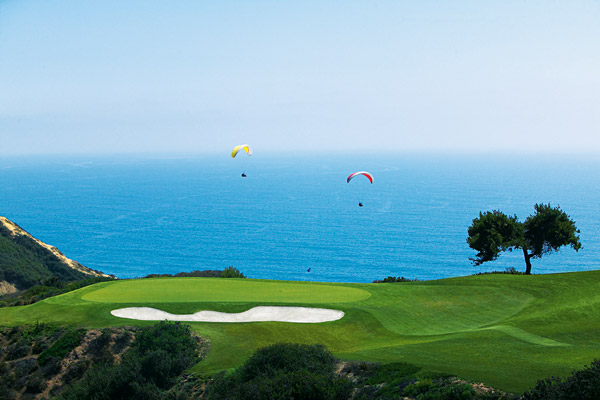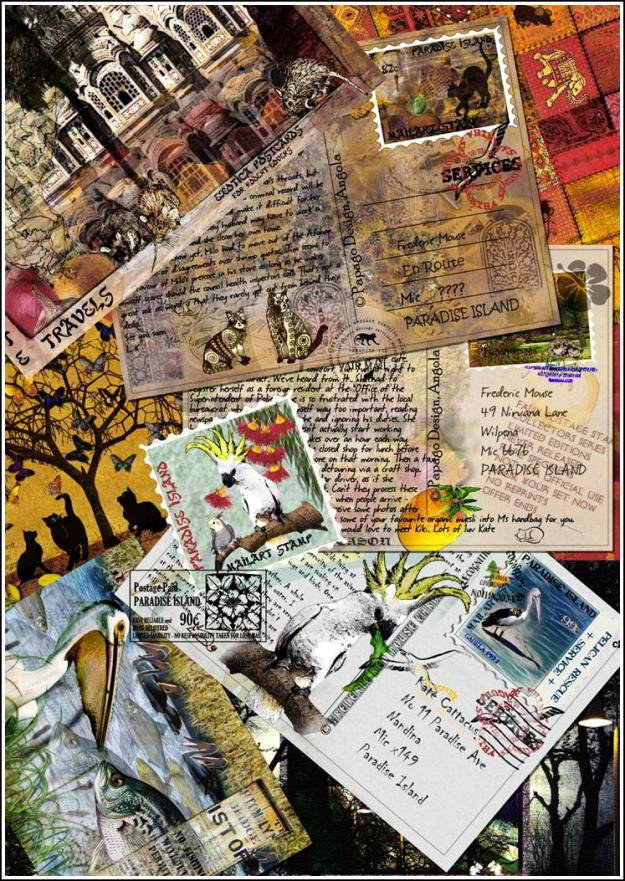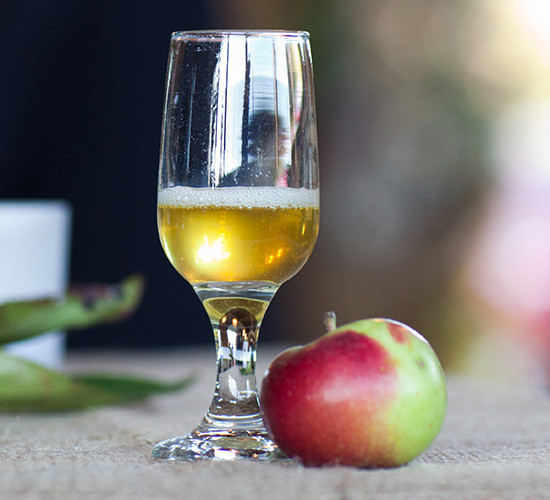
Do we have to ruin everything?
The first time I visited the Grand Canyon, it was in the mid-90s. Some colleagues and I were in Phoenix for a company meeting and had 24 hours to kill before it kicked off. There were five of us, and one rental car, so we decided to head to Sedona. Once there we went horseback riding, bopped around the town, ate and contemplated the beauty of this destination. Over icy bottles of beer, we were feeling groovy and the last thing we wanted to do was return to Phoenix. I mentioned how I’d never seen the Grand Canyon.
The next thing, one of the guys from our group pulled a quarter from his pocket (obviously that’s when peopled carried cash) and gave us the directive, “Heads we head for the Grand Canyon, tails we’re back at the hotel.”
That night we found ourselves split up between 3 bunk beds in one room of a hostel in Flagstaff, Arizona. It was cheap and we were cheerful and all charged up for our renegade getaway from the claws of a corporate meeting. It felt like camp as our company of two women and three men giggled, whispering tales in the dark until we drifted off to sleep.
Early the next morning we hit the road, three in the back and two in the front. But one of our gang was itching and scratching. He’d had a bunk all to himself and was convinced he had bed bugs. Someone turned the radio up and when signs for the Grand Canyon began appearing, I forgot everyone.
With the exception of a few cars, the parking lot we pulled into was pretty empty. Which way to the canyon, I asked one of my travel companions who’d already been. “It’s right there,” he said pointing over my left shoulder. And he was right, it was right there.
How this glorious force of nature, so all-encompassing, so massive, so breathtakingly, incredibly, jaw-dropping, out-of-this-world, awesomely obvious natural work of art couldn’t have immediately captured my attention bewildered me. Looking back, it’s like being on safari when all of a sudden an elephant appears out of nowhere, without a sound. How is that possible?
We only had two hours and I sat on a rock ledge on the South Rim staring into the abyss of this natural wonder and the Colorado River that formed it. As the sun rose, the orangey-coral, multi-colored striations that paint the canyon walls changed. Birds flew through its corridor, soaring high and low and I envied their view.

One mighty river.
The Grand Canyon is humbling. It is also compelling and I almost wanted to throw myself in. It is an all out force of nature and it truly is quite grand.
Every once in a while my eyes drifted and I saw visitors doing the same thing as me. Cameras came out but mostly people sat individually or as couples, losing themselves in the canyon’s vortex. There is no past or future when you are in a space like this, it is nature’s cathedral and she has your undivided attention.
Since then, I’ve revisited the Grand Canyon several times and it is always a unique experience. I’ve hiked down into it, staying overnight in the Havasupai Indian village (a bit depressing) and swam in Havasu Falls (gorgeous). The North Rim of the canyon is my preferred side. It’s less accessible which is probably why I like it, but no matter what vantage point you view it from there’s not a bad seat in the house. And there’s no sunset like a Grand Canyon sunset. New age and woo-woo stuff aside, it is most certainly a spiritual experience.

Bird’s eye view of Havasu Falls.
So last week when I read A Cathedral Under Siege, it invoked the question for me—do we have to ruin everything? If you’ve ever visited the Grand Canyon than it’s a must read. If you’ve never visited this geological wilderness wonder, it may inspire you to experience it.
The article is written by Kevin Fedarko, whose book The Emerald Mile: The Epic Story of the Fastest Ride in History Through the Heart of the Grand Canyon, was featured on PortsAreCalling last year. As a guide in Grand Canyon National Park, this man knows more than a thing or two about this natural monument and the havoc that two development projects underway will wreak upon it.
One is the construction of a residential and community center just two miles from the South Rim’s entrance. Development requires water, which requires tapping into wells, which basically means tapping into the delicate balance of nature connected to the Grand Canyon. The other project is the proposed construction of a tramway that would descend into the canyon, as well as an elevated walkway, an amphitheater and a restaurant. The tramway would provide access to 4,000 plus visitors a day.
Is that really necessary?
This kind of heavy traffic equals congestion, pollution, destruction, and ultimately desecration.
I ask again, do we have to ruin everything?
I’ll leave you with Fedarko’s thoughts:
“Conservationists often lament the inherent unfairness of fights like this. Whenever a developer is defeated, nothing prevents other developers from stepping forward, again and again. But for those who love wilderness, the loss of a single battle can mean the end of the war, because landscapes that fall to development will never return
If you care about places like the Grand Canyon, there’s something inherently wrong about that. But there may be something reaffirming about it, too, because these threats call upon us to reassert our conviction, as a nation, that although wilderness is an asset whose worth may be difficult if not impossible to quantify, without it, we would be immeasurably poorer.
Every 15 or 20 years, it seems, the canyon forces us to undergo a kind of national character exam. If we cannot muster the resources and the resolve to preserve this, perhaps our greatest natural treasure, what, if anything, are we willing to protect?”










